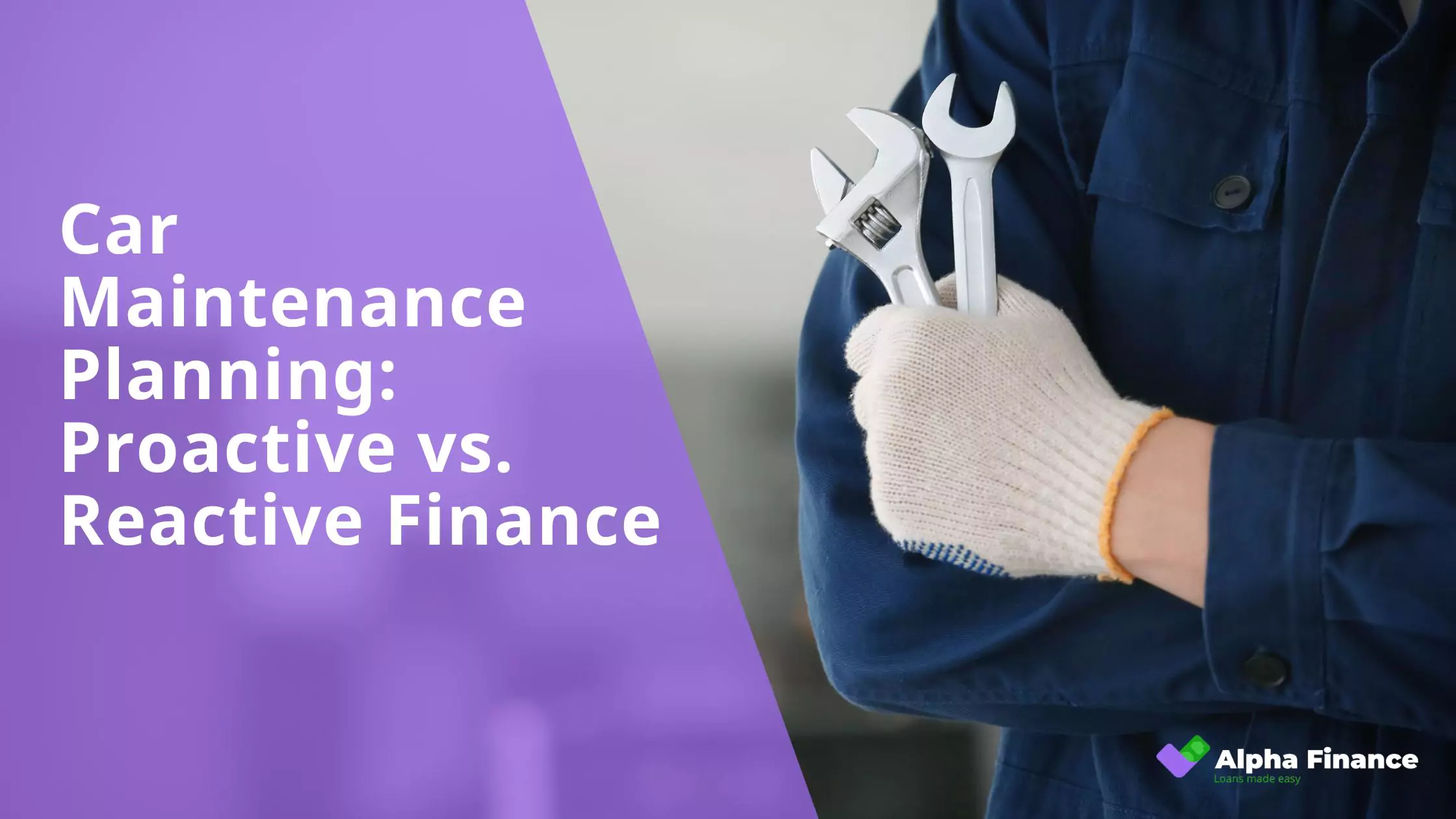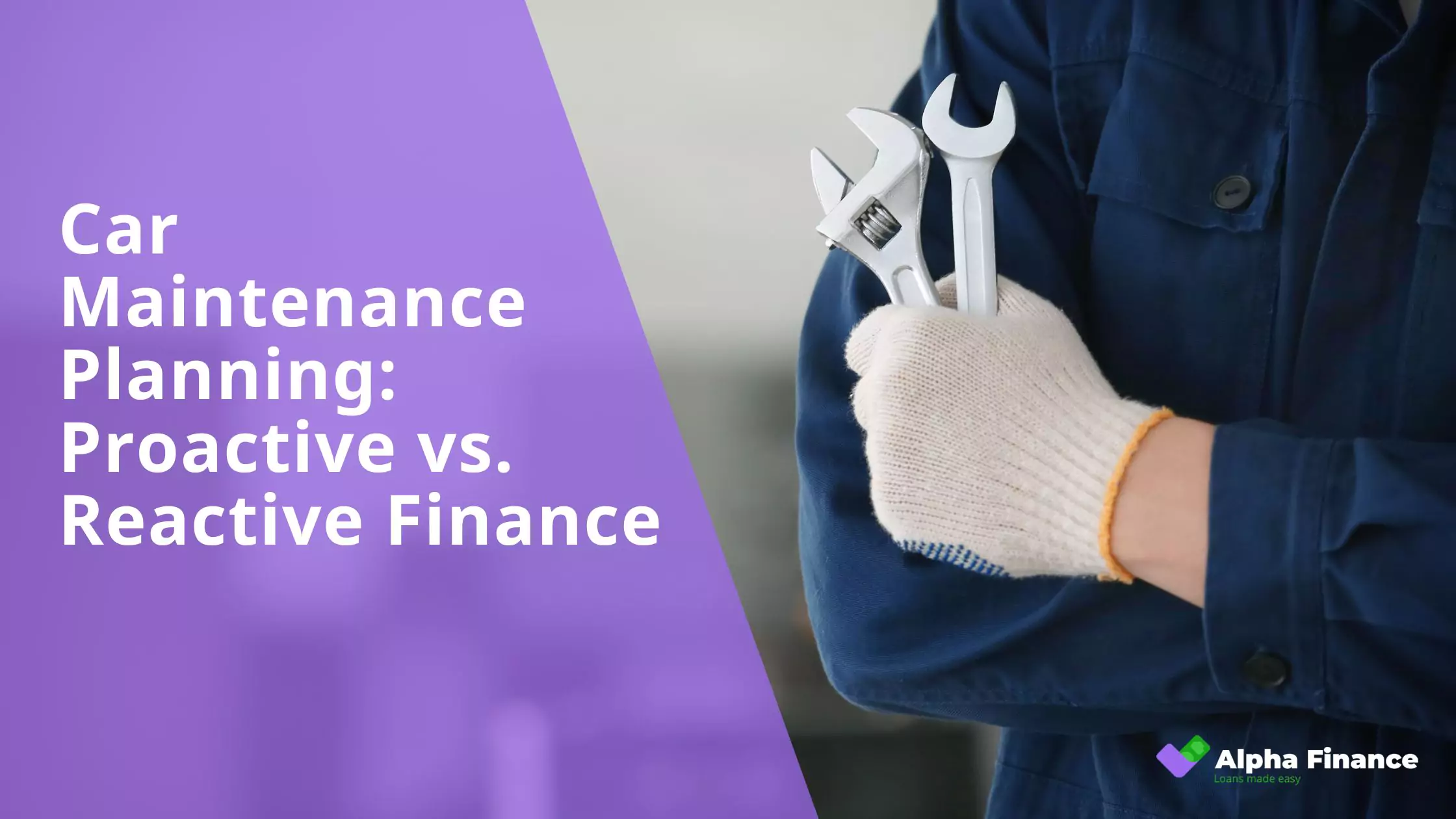Purchasing a car is a significant financial commitment, and without careful budgeting, it can quickly lead to financial strain. In Australia, where car ownership is often a necessity, understanding how to manage car payments is crucial. This guide aims to provide a practical, step-by-step approach to budgeting for car payments, empowering you to make informed decisions and avoid unnecessary financial stress. By planning and creating a realistic budget, you can ensure that your dream car doesn’t become a financial burden, allowing you to enjoy the freedom of the road without compromising your financial well-being.
Step 1: Calculate Your Total Income
This initial step is crucial for establishing a realistic budget. It’s about accurately determining how much money you consistently have coming in after all the necessary deductions.
-
Net Income: The True Picture of Your Finances
- Your net income, or take-home pay, is the amount that actually lands in your bank account after income tax (PAYG), Medicare levy, and any other deductions like superannuation contributions (if salary sacrificed) or health insurance premiums.
- To find this figure, consult your pay slips or online banking statements. If you’re unsure of your exact net income, you can use online tax calculators provided by the Australian Taxation Office (ATO) to estimate your after-tax earnings.
- Here is a link to the ATO calculators and tools page:
- Here is a link to the ATO tax withheld calculator.
- Why net income? Because this is the money you’ll be using to cover your car payments and other expenses. Gross income (before deductions) can be misleading.
-
Regular Sources: Building a Reliable Income Base
- Wages/Salary: For most Australians, this is the primary income source. Ensure you’re considering your consistent, regular pay, not any one-off payments.
- Centrelink Payments: If you receive any regular Centrelink payments, such as the Age Pension, Disability Support Pension, or Family Tax Benefit, include these in your calculations. Access the MyGov website to see your regular payment schedule.
- To access MyGov, here is a link:
- Investment Returns: If you receive consistent income from investments, such as dividends, rental income, or interest, include these as well. However, be conservative and only include returns that are reliably paid.
- Other Consistent Income: Include any other stable income sources, such as regular payments from a part-time job or a side business.
-
Variable Income: Proceed with Caution
- Commissions, Bonuses, Overtime: These income sources can fluctuate significantly. While they can boost your overall income, they shouldn’t be relied upon for consistent car payments.
- Why the Caution? If you base your budget on variable income, and that income suddenly decreases, you could find yourself struggling to meet your car payment obligations.
- How to Handle Variable Income:
- If you regularly receive variable income, consider setting aside a portion of it into a separate savings account. This can act as a buffer for unexpected expenses or periods of lower income.
- If you want to include some of your variable income into your budget, use a very conservative average. Do not use the highest amount you have ever received.
- It is best to create a budget that works without this income.
Step 2: Track Your Essential Expenses
This step involves meticulously documenting all your regular expenses to understand your spending habits and identify areas where you can potentially save.
- Fixed Expenses: These are expenses that remain relatively constant each month. Common fixed expenses in Australia include:
- Rent or mortgage payments
- Utilities (electricity, gas, water)
- Insurance premiums (car, home, health)
- Phone and internet bills
- Regular loan repayments (excluding car payments)
- Public transport passes (if applicable)
- Variable Expenses: These expenses fluctuate from month to month. Common variable expenses include:
- Groceries
- Fuel and transport costs
- Entertainment and dining out
- Personal care and clothing
- Medical expenses
- Household supplies
- Use Tools: To accurately track your expenses, consider utilising budgeting apps or spreadsheets. These tools can help you categorise your spending, identify trends, and stay organised.
- Many Australian banks offer budgeting tools within their apps.
- Popular budgeting apps like “Pocketbook” or “Frollo” can link to your bank accounts and categorise transactions.
- A simple spreadsheet using programs like Google Sheets or Microsoft Excel can be effective for manual tracking.
Step 3: Determine Your Discretionary Income
This step involves calculating the amount of money you have left after covering your essential expenses, which will determine how much you can allocate towards a car payment.
- Calculate the Difference: Subtract your total monthly expenses (fixed and variable) from your total monthly net income. The resulting figure is your discretionary income, representing the funds you have available for non-essential spending, including car payments.
- Realistic Spending: It’s crucial to be realistic about your discretionary spending. Avoid overestimating how much you can save, as this can lead to financial strain. Consider your lifestyle and spending habits when determining how much you can comfortably allocate towards a car payment.
- Buffer Funds: Before allocating all your discretionary income towards a car payment, it’s advisable to set aside a portion for unexpected expenses. This buffer fund can help you handle emergencies or unforeseen costs without disrupting your car payment schedule. A good rule of thumb is to have a buffer of at least 3 months essential expenses saved.
Step 4: Calculate Potential Car-Related Costs
This step is essential for understanding the full financial commitment of owning a car, beyond just the purchase price.
-
Loan Repayments:
- Estimate your potential loan repayments using online car loan calculators offered by banks and financial institutions.
- Factor in current interest rates and various loan terms (e.g., 3, 5, or 7 years) to see how they impact your monthly payments.
- Consider obtaining pre-approval from a lender to get a more accurate estimate of your interest rate and loan terms.
-
Insurance:
- Comprehensive car insurance is crucial for protecting your investment.
- Get quotes from multiple insurers to compare prices and coverage options.
- Factor in the cost of your chosen insurance policy into your monthly budget.
-
Registration and CTP:
- Vehicle registration and Compulsory Third Party (CTP) insurance costs vary by state and territory.
- Research the specific costs in your region using the relevant state government websites.
- Here are some state based links.
- Factor these costs into your annual budget and divide by 12 to get a monthly estimate.
-
Fuel Costs:
- Estimate your fuel costs based on your driving habits (e.g., daily commute, weekend trips) and the fuel efficiency of the car you’re considering.
- Be mindful of the rising cost of fuel and factor in potential fluctuations.
-
Maintenance and Servicing:
- Factor in the cost of regular servicing, oil changes, and potential repairs.
- Budget for tyre replacements, brake pad replacements, and other consumable items.
-
Tolls and Parking:
- If you regularly use toll roads or require paid parking, factor these costs into your budget.
Step 5: Determine Your Affordable Car Payment
This final step involves aligning your calculated costs with your available discretionary income to ensure your car payment is sustainable.
-
The 20/4/10 Rule (Optional):
- The 20/4/10 rule suggests:
- 20% down payment.
- 4-year loan term.
- 10% of your monthly income allocated to total car expenses (including loan payments, insurance, and fuel).
- However, this rule is merely a guideline and may not be suitable for everyone.
- The 20/4/10 rule suggests:
-
Realistic Assessment:
- Conduct a realistic assessment of your affordability, considering your overall financial situation and lifestyle.
- Avoid overextending yourself with high car payments that could compromise your financial stability.
-
Long-Term Impact:
- Consider the long-term impact of car payments on your financial goals.
- Ensure that your car payment fits comfortably within your budget without hindering your ability to save for retirement, emergencies, or other significant expenses.
- Remember, a car is a depreciating asset, so do not over invest.
Step 6: Create Your Car Payment Budget
This step is where you transform your calculations into a concrete plan, ensuring your car payments fit seamlessly into your overall financial life.
-
Allocate Funds:
- Create a dedicated section within your monthly budget specifically for car-related expenses. This could be a separate column in a spreadsheet or a distinct category in your budgeting app.
- Break down your total car expense allocation into individual components: loan repayments, insurance, fuel, maintenance, tolls, and parking.
- Set up automatic transfers from your main bank account to a separate account or sub-account designated for car expenses. This ensures that the funds are available when needed and reduces the risk of overspending.
- If possible, schedule your car loan repayments to align with your pay cycle, minimising the risk of missed payments.
-
Savings Plan:
- Determine the exact amount you need for a down payment, considering the type of car you want and the loan terms you’re aiming for.
- Set a realistic savings goal and timeline. Break down the total amount into smaller, achievable monthly savings targets.
- Consider using a high-interest savings account or term deposit to maximise your savings.
- Automate your savings by setting up regular transfers from your transaction account to your savings account.
- Explore government initiatives or first time buyer programs that may assist.
-
Regular Review:
- Schedule regular budget reviews (e.g., quarterly or biannually) to assess your progress and make necessary adjustments.
- Review your income and expenses to identify any changes that may impact your car payment affordability.
- Re-evaluate your insurance premiums and fuel costs to ensure they align with current market rates.
- If your financial situation improves, consider increasing your loan repayments to pay off your car faster and reduce interest costs.
Step 7: Explore Financing Options
This step empowers you to make informed decisions when choosing a car loan, securing the best possible terms.
-
Pre-Approval:
- Obtain pre-approval from multiple lenders, including banks, credit unions, and online lenders.
- Pre-approval provides a clear understanding of your borrowing capacity and the interest rates you qualify for.
- Use pre-approval as a negotiating tool when dealing with car dealerships.
- Be aware that pre approval is normally only valid for a limited time.
-
Compare Lenders:
- Utilise online comparison websites to research and compare car loan offers from various lenders.
- Pay close attention to interest rates, loan terms, fees, and any special offers or incentives.
- Consider the lender’s reputation and customer service when making your decision.
- Read all of the fine print within any loan agreement.
-
Dealership Financing:
- While dealership financing can be convenient, it’s crucial to exercise caution and compare offers from other lenders.
- Dealerships may offer higher interest rates or less favorable loan terms to maximise their profits.
- Don’t feel pressured to accept dealership financing on the spot. Take your time to research and compare options.
- Remember that car dealerships are in the business of selling cars, and finance, and that their goal is to make a profit.
- If you are not very confident in your ability to negotiate financial products, it is best to avoid dealership finance all together.
Conclusion: Driving Towards Financial Security
Budgeting for car payments in Australia requires a comprehensive approach, starting with accurately calculating your net income and meticulously tracking your expenses. By determining your discretionary income and estimating potential car-related costs, you can establish an affordable car payment budget. Exploring financing options and securing pre-approval will empower you to make informed decisions and secure the best possible loan terms. Remember, regular budget reviews and adjustments are crucial for maintaining financial stability and ensuring your car payments remain sustainable. Prioritising financial responsibility will allow you to enjoy the freedom of car ownership without compromising your long-term financial goals.
Alpha Finance: Driving Dreams Forward
At Alpha Finance, we understand that purchasing a car is a significant investment. That’s why we’re committed to empowering Australians with the knowledge and tools they need to make informed financial decisions. By following the budgeting steps outlined in this guide, you can confidently navigate the car buying process and secure a loan that aligns with your financial goals. Alpha Finance offers competitive interest rates, flexible loan terms, and personalised support to help you drive your dreams forward. Contact Alpha Finance today to explore your car financing options and embark on a journey towards responsible car ownership.




